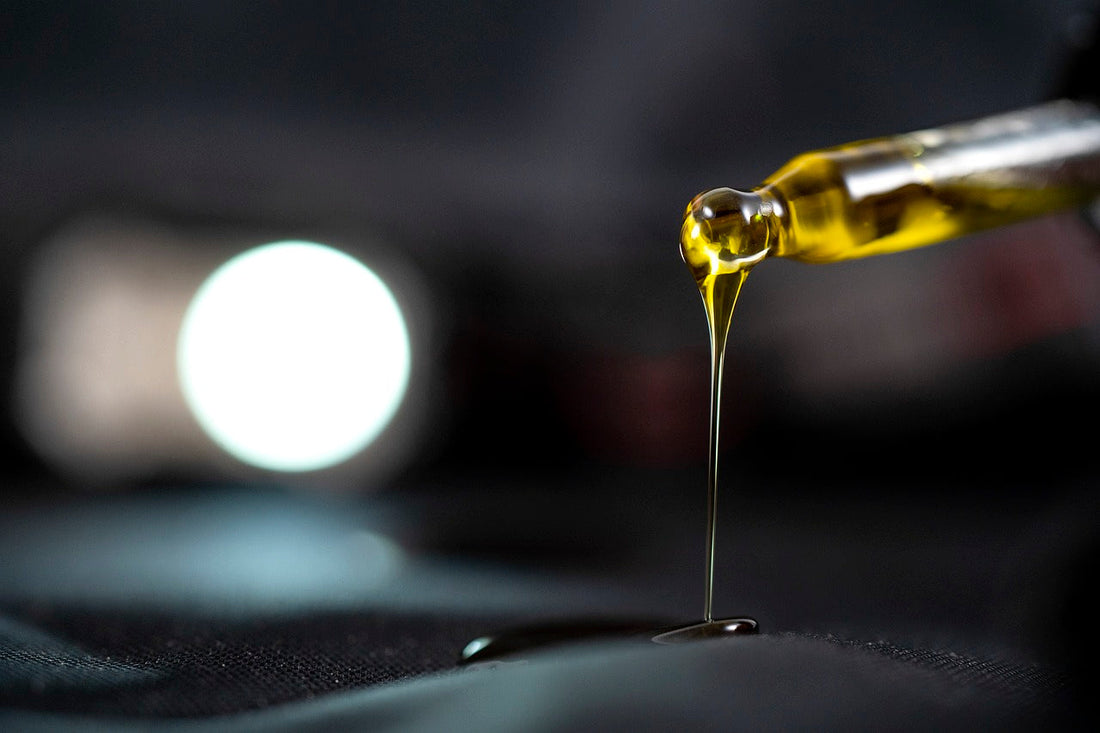
How to Read a COA Like a Pro
Share
Not all CBD products are created equal—and the proof is in the paperwork. A Certificate of Analysis (COA) is your secret weapon for separating the best from the rest. Think of it as the ultimate receipt, verifying what’s actually inside that tincture or gummy you’re about to buy. Here’s how to decode one without needing a lab coat.
Step 1: Know the Source
First things first—check who’s testing the product. You want an unbiased, third-party lab, not a "we-promise-we’re-legit" in-house operation. The lab’s name and credentials should be right there at the top of the COA. Bonus points if they’re ISO-accredited (it’s like the gold star for labs).
Step 2: Match It Up
Look for the batch or lot number. It should match what’s on your product packaging. If it doesn’t? Put that bottle back on the shelf—it’s like getting a receipt for someone else’s groceries.
Step 3: Cannabinoids 101
Now for the fun part: the cannabinoid profile.
- CBD: The star of the show. Check that the listed amount matches what’s advertised on the label.
- THC: Legally, it should be 0.3% or less for hemp-derived products. Anything higher could be a no-go depending on your state.
- Other Cannabinoids: Look for supporting players like CBG or CBN, which can enhance the entourage effect.
Pro Tip: If the label boasts “full-spectrum” or “broad-spectrum,” the COA should reflect a robust profile of cannabinoids.
Step 4: Safety First
This is where the COA earns its keep. Look for tests covering the following:
- Heavy Metals: Nobody wants a side of lead with their CBD.
- Pesticides: Even plants need to keep it clean.
- Residual Solvents: Used in some extraction methods—should be practically non-existent.
- Microbial Contaminants: Mold? No thanks.
A pass in all these areas is non-negotiable.
Step 5: Keep It Fresh
Check the date. A COA from three years ago is about as useful as expired sunscreen. You want the test results to be recent and relevant to the product in your hands.
Step 6: Decode the Jargon
- ND: Not Detected. That’s a good thing for things like contaminants.
- LOQ: Limit of Quantitation. Fancy talk for the smallest amount a lab can measure.
- mg/g or %: These show the amount of a compound, either as milligrams per gram or as a percentage of total weight.
Final Thoughts
Reading a COA might not feel as thrilling as opening a box of CBD goodies, but it’s just as important. Think of it as your assurance that what you’re buying is exactly what you’re getting—no surprises, no shortcuts.
So next time you shop CBD, flex your COA skills and make sure your product passes the ultimate quality test. Your body (and your wallet) will thank you.
